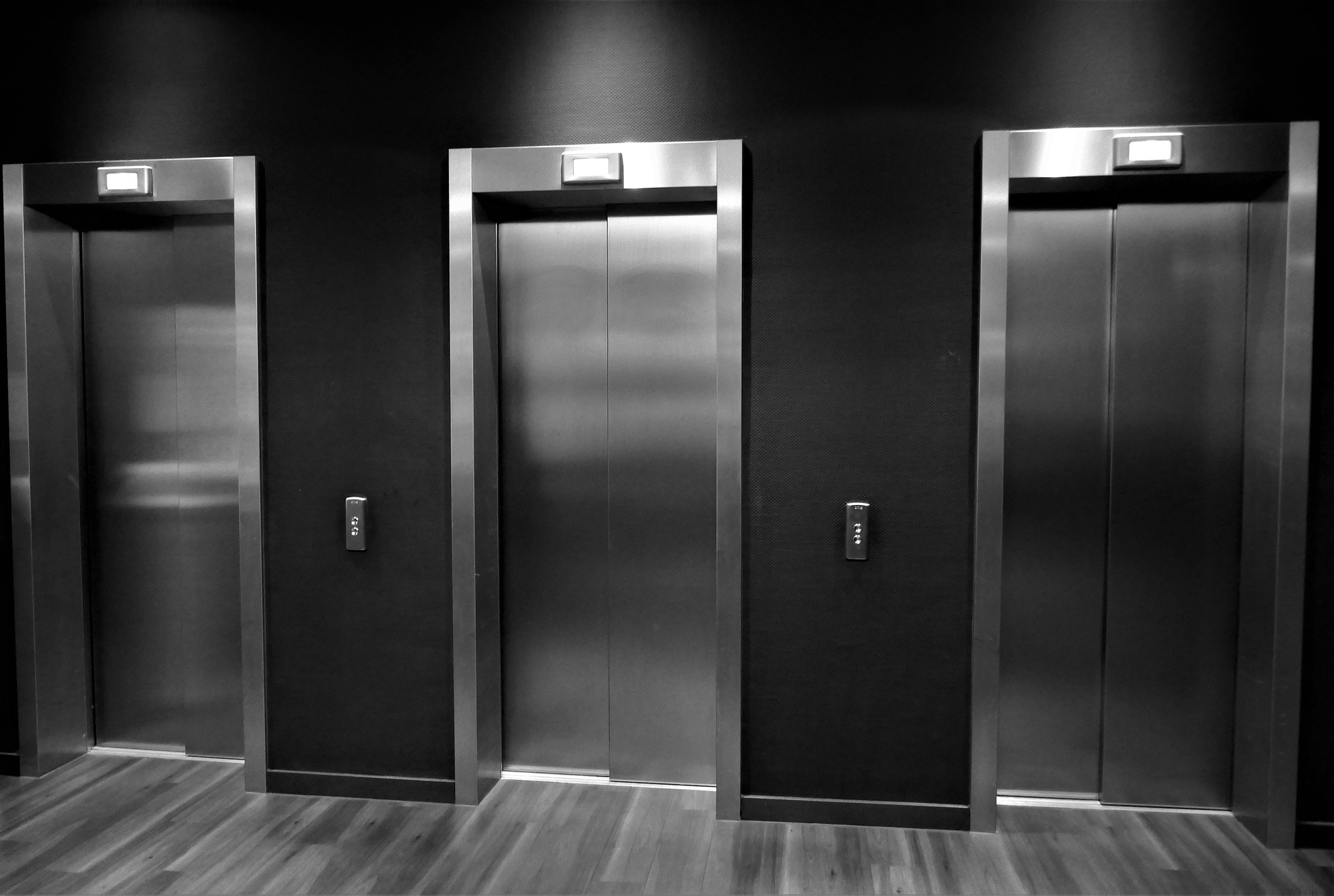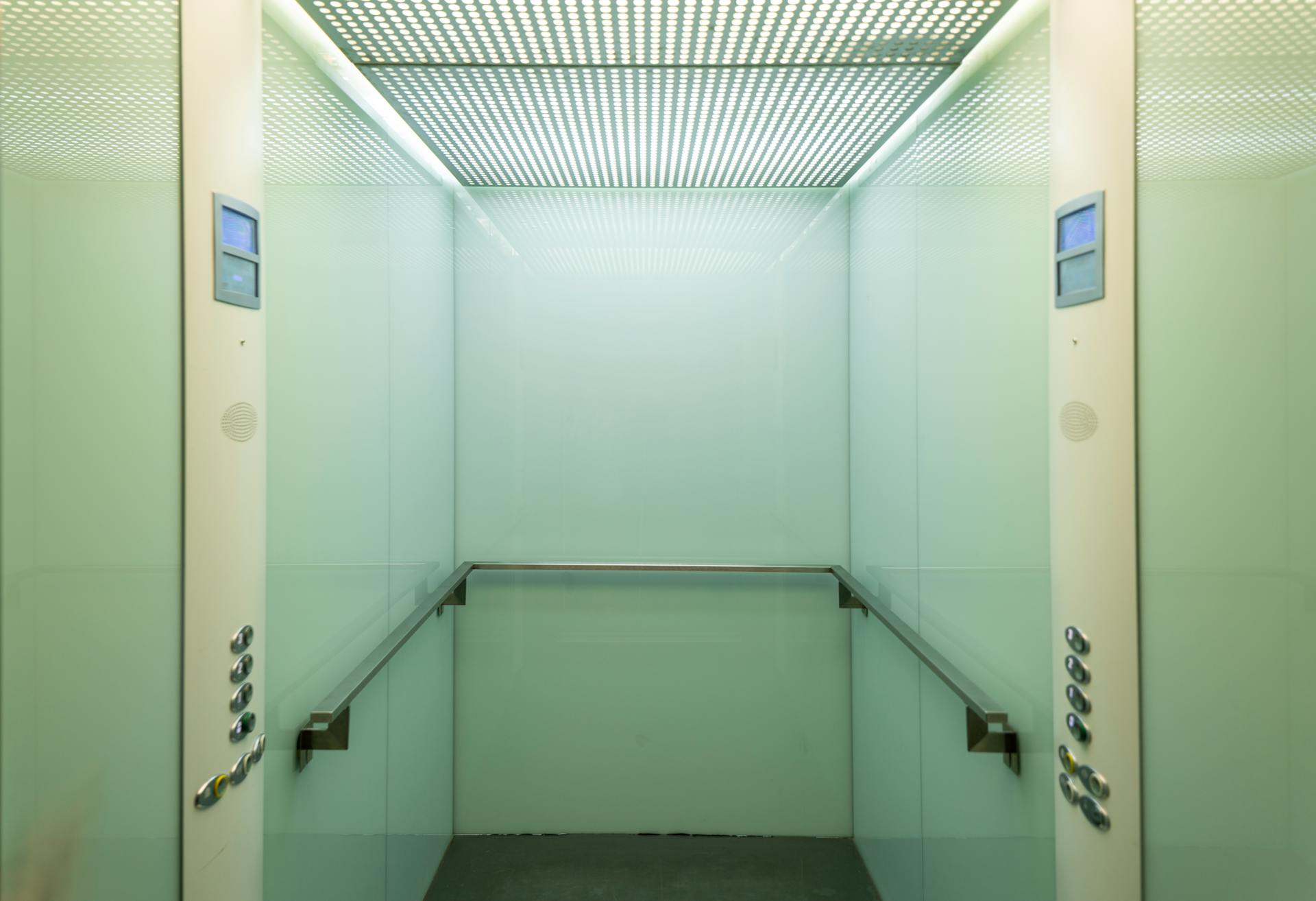
Discover common elevator issues faced by buildings and effective tips on solving them to ensure smooth and safe elevator operations.
Elevators are indispensable conveniences in modern buildings, ensuring swift and easy movement between floors. However, despite their essential role, elevators can encounter a range of issues that disrupt their seamless operation. From unexpected breakdowns and slow response times to peculiar noises and uneven floor alignment, these problems not only inconvenience users but also pose safety risks. In this blog, we will explore some of the most common elevator issues that buildings face and provide practical tips on how to solve them, ensuring a smooth and reliable elevator experience for all occupants.
Maintenance Neglect
One of the primary culprits behind elevator malfunctions is neglecting regular maintenance. Elevators, like any other mechanical system, require consistent upkeep to function optimally. When routine maintenance is overlooked, small issues can escalate into significant problems, leading to increased downtime and costly repairs. Once you read more about responsible elevator maintenance, you will understand how regular inspections and proactive servicing can help you avoid the most common elevator issues. This preventive approach can also extend the lifespan of your elevator, saving you money in the long run.
Slow Response Times
Another prevalent issue with elevators is slow response times, which can be frustrating for building occupants and impair the overall efficiency of floor-to-floor movement. Slow response times can result from various factors, including outdated control systems, overloaded elevators, and poor maintenance practices. Modernizing the elevator’s control system can significantly enhance its response speed, ensuring rapid and reliable service. Additionally, implementing weight management protocols can prevent overloading, while regular maintenance can address underlying mechanical issues that contribute to sluggish performance. By addressing the root causes of slow response times, building managers can improve the user experience and maintain the elevator’s operational efficiency.
Unusual Noises
Unusual noises emanating from an elevator can be alarming for users and indicative of underlying mechanical issues that require immediate attention. These noises can range from grinding and squeaking to rattling and banging, each pointing to different potential problems. For instance, grinding noises are often caused by worn-out cables or issues with the motor, while squeaking might result from inadequate lubrication of moving parts.
Rattling and banging could indicate loose components or problems with the elevator’s alignment. Addressing these noises promptly is crucial to prevent more serious malfunctions. Regularly scheduled inspections and maintenance can help identify and rectify the sources of these noises, ensuring that the elevator operates quietly and safely. Consulting with a professional elevator technician can provide valuable insights and solutions tailored to the specific issues at hand.
Uneven Floor Alignment
Uneven floor alignment is a common elevator problem that can cause significant discomfort and safety concerns for users. When an elevator does not stop flush with the floor, passengers can trip or stumble while entering or exiting the cabin. This misalignment can be the result of a variety of factors, such as worn-out leveling mechanisms, sensor issues, or problems with the elevator’s control system.
Regularly inspecting and calibrating the elevator’s leveling system can mitigate these issues, ensuring accurate floor alignment. Keeping sensors clean and unobstructed can help maintain proper operation. In some cases, upgrading outdated control systems can also resolve persistent alignment problems. Addressing uneven floor alignment not only enhances the safety and convenience of the elevator but also contributes to a more pleasant overall user experience.
Door Malfunctions
Door malfunctions are another frequent issue encountered in elevator systems, posing both safety hazards and operational inefficiencies. Common door-related problems include doors failing to open or close properly, doors sticking, or doors closing too quickly. These issues can be caused by a variety of factors such as faulty sensors, worn-out door tracks, or obstructions in the doorway.
To address these malfunctions, it is essential to regularly inspect and clean door sensors to ensure they function accurately. Lubricating door tracks can prevent doors from sticking and help ensure smooth operation. Implementing regular maintenance checks can identify and rectify any wear and tear on the mechanical components of the door system. By proactively resolving door malfunctions, building managers can enhance safety, improve accessibility, and maintain the overall reliability of the elevator system.
Power Failures
Power failures can significantly disrupt elevator operations, leading to inconvenience and potential safety risks for occupants. During a power outage, elevators may become stuck between floors, trapping passengers inside. To mitigate the risks associated with power failures, it is crucial to equip elevators with an emergency power system, such as an Uninterruptible Power Supply (UPS) or a generator. These backup systems ensure that elevators can continue to function or safely reach the nearest floor during a power outage, allowing passengers to exit safely. Regularly testing and maintaining these emergency power systems is essential to ensure their reliability when needed.
Elevators are complex mechanical systems that require regular maintenance and prompt attention to prevent common issues from escalating into more significant problems. By implementing responsible maintenance practices, upgrading outdated components, and addressing issues promptly, building managers can ensure a safe, efficient, and reliable elevator experience for all occupants. Don’t neglect your elevators – invest in their upkeep to avoid unexpected breakdowns and costly repairs!
Was this news helpful?







 Yes, great stuff!
Yes, great stuff! I’m not sure
I’m not sure No, doesn’t relate
No, doesn’t relate



